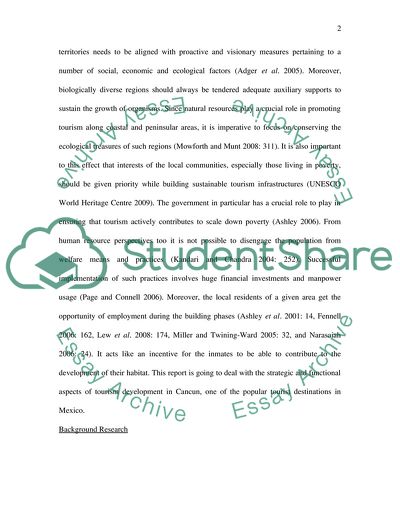Cite this document
(Cancun Tourism Case Study Example | Topics and Well Written Essays - 3250 words, n.d.)
Cancun Tourism Case Study Example | Topics and Well Written Essays - 3250 words. Retrieved from https://studentshare.org/tourism/1729861-cancun-report
Cancun Tourism Case Study Example | Topics and Well Written Essays - 3250 words. Retrieved from https://studentshare.org/tourism/1729861-cancun-report
(Cancun Tourism Case Study Example | Topics and Well Written Essays - 3250 Words)
Cancun Tourism Case Study Example | Topics and Well Written Essays - 3250 Words. https://studentshare.org/tourism/1729861-cancun-report.
Cancun Tourism Case Study Example | Topics and Well Written Essays - 3250 Words. https://studentshare.org/tourism/1729861-cancun-report.
“Cancun Tourism Case Study Example | Topics and Well Written Essays - 3250 Words”, n.d. https://studentshare.org/tourism/1729861-cancun-report.


